Alternate College Ranking System Reveals Surprises for CT Colleges
/It turns out that the oft-heralded and increasingly criticized U.S. News & World Report college rankings aren’t the only game in town. Washington Monthly magazine has developed a rating system with a different emphasis, and very different results. Among the Connecticut institutions making the list: UConn, Yale, Wesleyan, and Trinity – but not necessarily in familiar places.
The publication uses three main categories of evaluation for its analysis. Social Mobility (recruiting and graduating low-income students), Research (producing cutting-edge scholarship and PhDs), and Service (encouraging students to give something back to their country). The publ ication sets out to “identify the most public-minded institutions,” utilizing the three criteria and a handful of specific measures in each.
ication sets out to “identify the most public-minded institutions,” utilizing the three criteria and a handful of specific measures in each.
“Instead of crediting colleges that reject the most applicants, we recognize those that do the best job of enrolling and graduating low-income students,” the magazine pointed out. The rankings also “measure both pure research spending and success in preparing undergraduates to earn PhDs.” In addition, by “giving equal weight to public service, we identify colleges that build a sense of obligation to their communities and the nation at large,” the publication explained in the cover feature of the September/October issue.
Connecticut did not have an institution reaching the Top 30 National Universities. That list was led by four University of California institutions in the top five slots, along with Texas A&M and Stanford University. Harvard University placed tenth.
Yale University ranked #57 on the full list of National Universities. UConn ranked #82 - the only other school in the state listed among 277 institutions. (Yale is ranked #3 in the U.S. News rankings; UConn places 19th)
The magazine also compiled a series of specialty lists ranking the institutions.
The only Connecticut school to reach the nation’s Top 30 Liberal Arts Colleges was Wesleyan University, which ranked #16. (Wesleyan is ranked #15 on the U.S. News listing.) Further down the list, Trinity College ranked #184.
Among the “best-bang-for-the-buck” colleges, the University of Connecticut ranked #76, the only Connecticut college to break into the top 100. That list was topped by three City University of New York colleges.
Four Connecticut schools were among the Top 50 “Affordable Elite” institutions, according to the list compiled by the magazine. Yale University ranked #33, Wesleyan University placed #40, UConn ranked #97 and Trinity College in Hartford just made the list at #98.
In the good news department, there were no Connecticut school reaching the “worst colleges” lists complied by the magazine.
The Social Mobility category includes four components including the percentage of students receiving Pell Grants, the cost of attendance, and the anticipated rate of graduation. The five Research factors include research expenditures and the number of bachelors degree recipients who go on to earn PhDs The Service category includes five factors including the number of alumni who serve in the Peace Corps, student participation in community service and the number of staff supporting community service.
Signaling the importance of the Washington Monthly rankings to colleges across the nation, a total of 47 institutions ran advertisements in the issue. The advertisers did not include any colleges from Connecticut.






 ispanics have science or engineering degrees. This disparity needs to be addressed,” Bluford said.
ispanics have science or engineering degrees. This disparity needs to be addressed,” Bluford said.
 rs were demanding, my parents were relentless,” Bluford recalled.
rs were demanding, my parents were relentless,” Bluford recalled.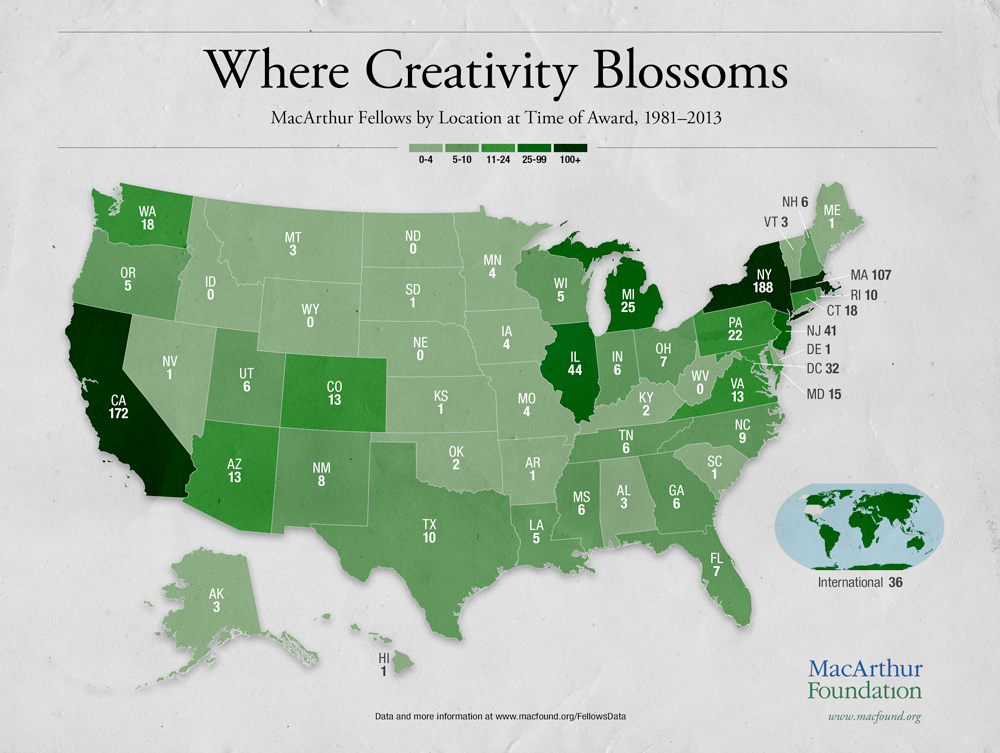 The MacArthur Foundation recently released data that shows where the 897 exceptionally creative individuals who have been recognized since 1981 were born, where they lived at the time they received the award and how mobile they are. This is the first time the data has been compiled and made publicly available.
The MacArthur Foundation recently released data that shows where the 897 exceptionally creative individuals who have been recognized since 1981 were born, where they lived at the time they received the award and how mobile they are. This is the first time the data has been compiled and made publicly available.
 d met Ms. Toyen, who grew up in Avon, Connecticut, at their alma mater, Bentley College in Waltham, Mass., and had managed to pull off an elaborate proposal.
d met Ms. Toyen, who grew up in Avon, Connecticut, at their alma mater, Bentley College in Waltham, Mass., and had managed to pull off an elaborate proposal.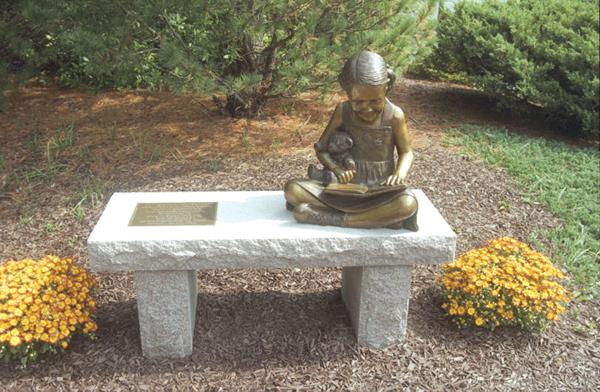 .
.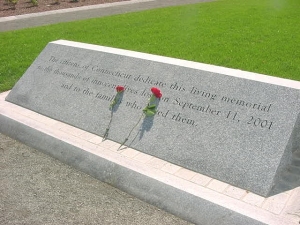


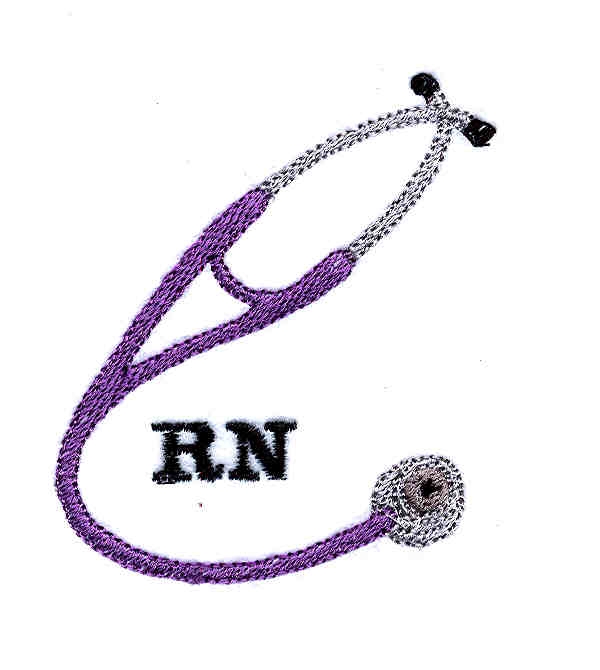 r recent study found that nursing homes under private equity ownership are cited for more deficiencies and have fewer registered nurses on staff than other for-profit facilities.
r recent study found that nursing homes under private equity ownership are cited for more deficiencies and have fewer registered nurses on staff than other for-profit facilities.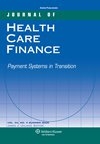


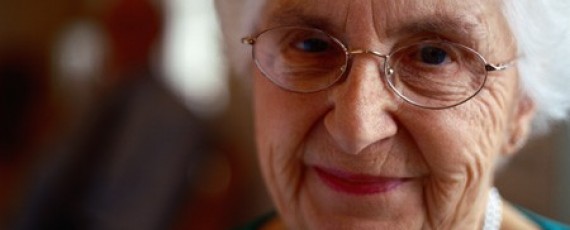



 h school students - participants in week-long journalism workshops at UConn, Quinnipiac and Yale universities led by C-HIT - have been producing news stories that target issues facing a demographic they are not only familiar with, but, in most cases, part of. The students are learning research methods intrinsic to journalism and the results of their work have been eye-opening. Some of the highlights:
h school students - participants in week-long journalism workshops at UConn, Quinnipiac and Yale universities led by C-HIT - have been producing news stories that target issues facing a demographic they are not only familiar with, but, in most cases, part of. The students are learning research methods intrinsic to journalism and the results of their work have been eye-opening. Some of the highlights: Of the young people who reported cyber bullying incidents against them, one in three reported that they experienced threats online. Well over half of young people do not tell their parents when cyber-bullying occurs, the website says. Surveys show that girls are twice as likely as boys to be both victims and perpetrators of cyber bullying.
Of the young people who reported cyber bullying incidents against them, one in three reported that they experienced threats online. Well over half of young people do not tell their parents when cyber-bullying occurs, the website says. Surveys show that girls are twice as likely as boys to be both victims and perpetrators of cyber bullying. ht) Mackenzie Brayman, a student at North Stonington High School; Julyanna Schreider and Shamoya Hanson, students at the Journalism & Media Academy, Hartford; Talon Cooper, a student at Hillhouse High School, New Haven; and Conner Fritchley, a student at Wilton High School. Information included in this article was researched and developed by the students for their news stories.
ht) Mackenzie Brayman, a student at North Stonington High School; Julyanna Schreider and Shamoya Hanson, students at the Journalism & Media Academy, Hartford; Talon Cooper, a student at Hillhouse High School, New Haven; and Conner Fritchley, a student at Wilton High School. Information included in this article was researched and developed by the students for their news stories.



























